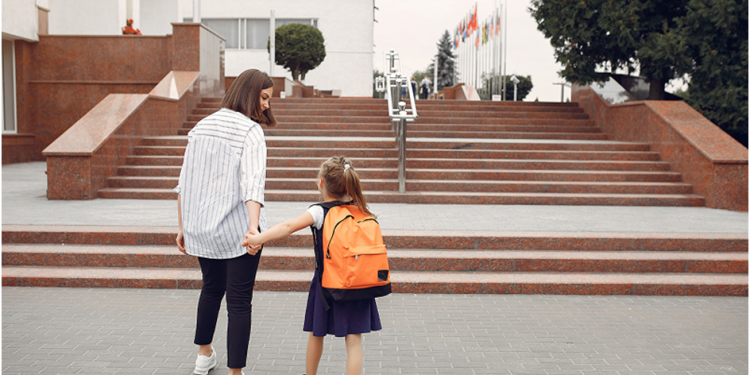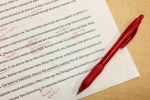Moving from Kindergarten Preschool to K-12 International School

The journey from kindergarten preschool to a K-12 international school is more than a simple change of classrooms. It is the point where playful beginnings meet structured learning, and where children step into a much wider academic and social world. Parents who choose this pathway often do so with hopes of global exposure, stability, and a clear educational roadmap. Yet, the transition does not happen automatically; it requires preparation, awareness, and support for both the child and the family.
Academic Continuity and Curriculum Alignment
Kindergarten preschool is where children first learn through play, stories, and exploration. These early years are designed to nurture curiosity, help them make sense of their environment, and build the basics of language and numbers. Once children move into a K-12 international school, the shift is towards more structured learning frameworks—whether that is the IB Primary Years Programme, Cambridge Primary, or the American Common Core. The difference in pace and structure can be striking. The leap feels natural for some children; for others, it may take time to adapt. Parents who understand how their preschool’s approach aligns with their chosen international school can help ease the transition and avoid gaps in readiness.
Social and Emotional Adjustment
Beyond academics, the move also reshapes a child’s social world. Kindergarten preschool usually means smaller groups, close bonds with teachers, and plenty of personalised attention. Children in a K-12 international school find themselves in larger classrooms with peers from many different cultural backgrounds. This diversity enriches their perspectives but can also be overwhelming at first. Adjusting to new routines, forming friendships, and learning how to belong in a bigger community takes resilience. Parents can help by preparing children for change, encouraging open conversations, and giving them the confidence to explore new friendships and environments.
Language and Communication Development
Language plays a central role in this transition. While many kindergarten preschools introduce English alongside a child’s home language, international schools often place English firmly at the centre of instruction. Some also integrate bilingual or multilingual tracks. Children who are comfortable expressing themselves in English will find the shift easier, while those still developing fluency may face challenges in keeping up with lessons and making friends. Parents can support this by reinforcing listening, speaking, and reading skills at home, so that the move does not become an uphill struggle.
Role of Parents in Supporting Transition
No matter how strong a school’s support system may be, parents remain the key bridge between preschool and international schooling. From understanding admission assessments to preparing their child emotionally, the parental role is critical. Encouraging independence, building routines at home, and teaching children how to solve small problems on their own all help prepare them for the bigger, more structured environment of K-12 international school life. Parents who model adaptability and positivity give their children a stronger sense of security during the shift.
Long-Term Educational Pathway
Opting for a K-12 international school from the start provides more than just a smooth transition; it sets the stage for continuity throughout primary, secondary, and even pre-university education. Instead of moving between different systems and teaching philosophies, children grow within a consistent framework and community. This continuity reduces disruption and provides stability for globally mobile families. That said, parents need to weigh practical factors such as tuition fees, curriculum recognition, and long-term academic outcomes to ensure that the investment aligns with their child’s future opportunities.
Conclusion
The move from kindergarten preschool to a K-12 international school is not just a milestone but a turning point that shapes a child’s learning journey for years to come. This transition can become a stepping stone rather than a stumbling block with the right preparation, awareness of challenges, and active parental involvement. Families can ensure that their children are not only ready for school but also prepared for the wider world by bridging play-based foundations with structured global education.Contact EtonHouse for a smooth pathway from early years to an international curric





